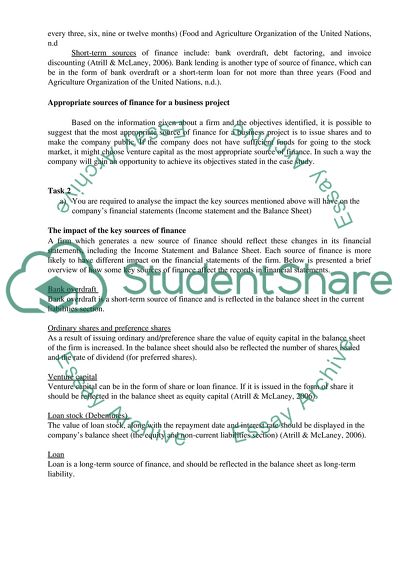Cite this document
(Managing Financial Resources and Decisions Essay - 10, n.d.)
Managing Financial Resources and Decisions Essay - 10. https://studentshare.org/finance-accounting/1856288-managing-financial-resources-and-decisions
Managing Financial Resources and Decisions Essay - 10. https://studentshare.org/finance-accounting/1856288-managing-financial-resources-and-decisions
(Managing Financial Resources and Decisions Essay - 10)
Managing Financial Resources and Decisions Essay - 10. https://studentshare.org/finance-accounting/1856288-managing-financial-resources-and-decisions.
Managing Financial Resources and Decisions Essay - 10. https://studentshare.org/finance-accounting/1856288-managing-financial-resources-and-decisions.
“Managing Financial Resources and Decisions Essay - 10”. https://studentshare.org/finance-accounting/1856288-managing-financial-resources-and-decisions.


